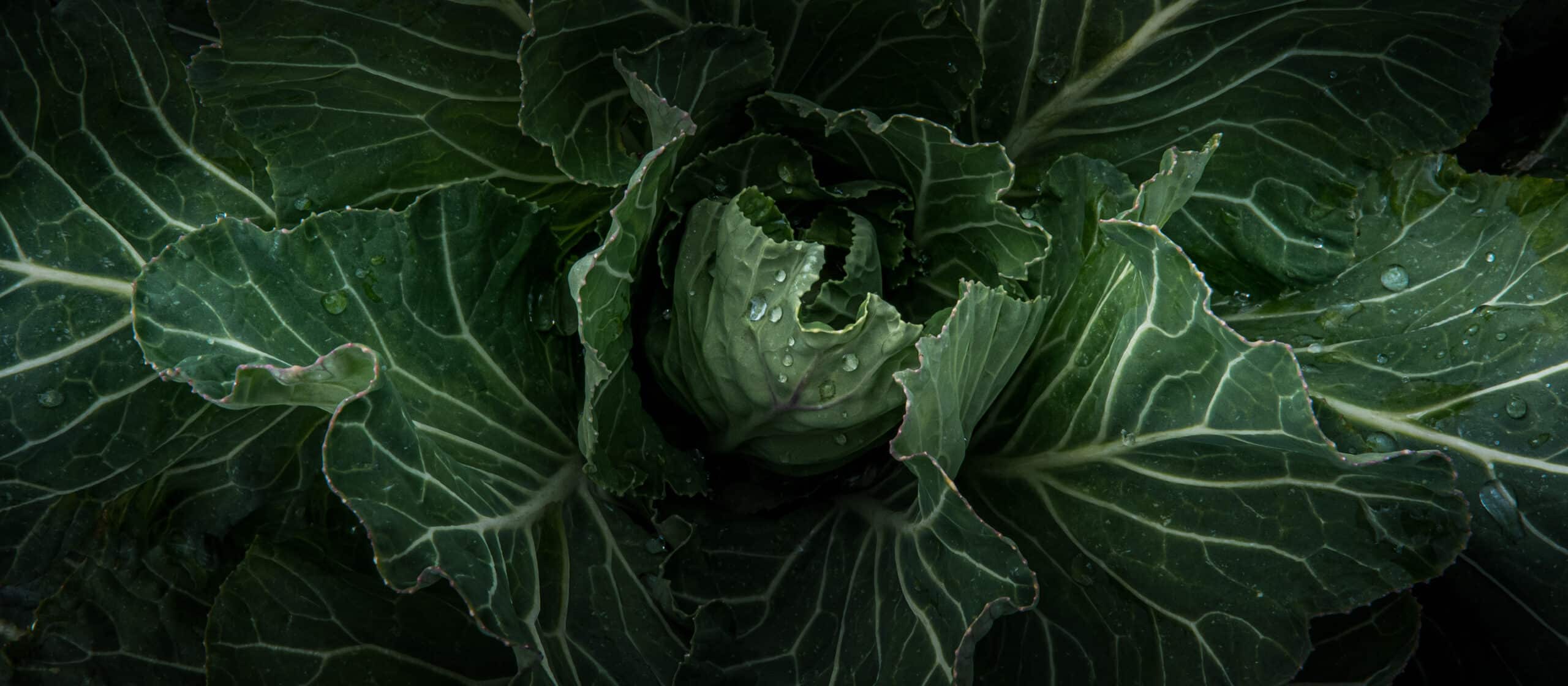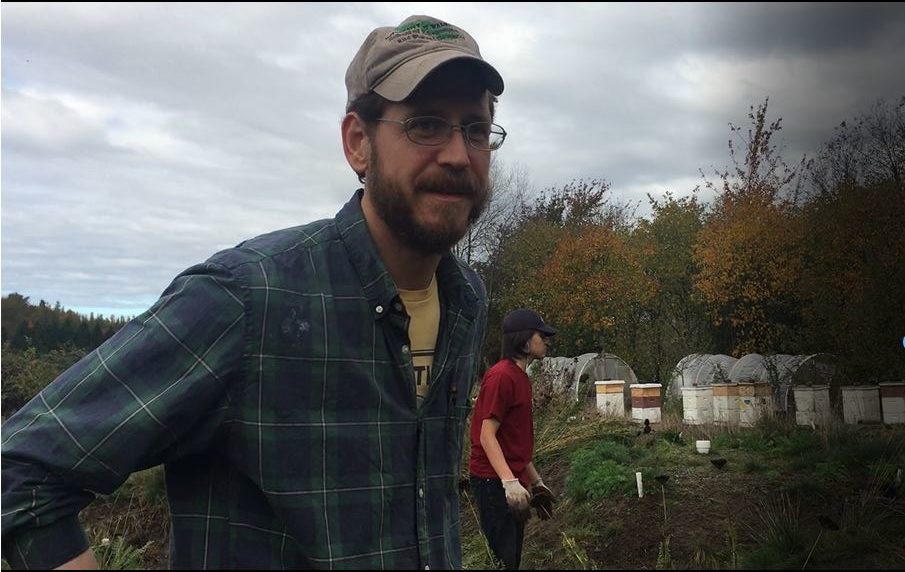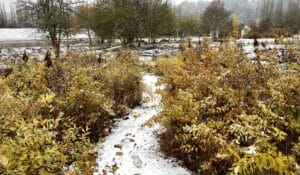
Prairie Planting on the Farm
Prairie Planting on the Farm
- posted on: March 12, 2017
- posted by: Robin Crowder
"*" indicates required fields

21 Acres is pleased to share a guest blog post from Alex Greene. Alex has been managing a prairie restoration project on the 21 Acres Farm. It’s a fascinating project — that appears a little understated at first, but when you realize what Alex has created, it gets very exciting.
It has been pretty cold outside here at 21 Acres lately. Much of the farm is dormant, waiting for spring, although there are often indoor activities and events to keep the vibrant energy flowing through the winter!

While we humans are trying to stay warm, it may help to remember that for many native plants, cold and wet winter conditions are a necessary part of their lifecycle. Changes in climate and weather patterns affect the timing of germination, growth, and flowering and can disrupt relationships with pollinators.
In addition to the wetland and hedgerows, the native ecosystems at 21 Acres now include a newly planted patch of Puget Sound Prairie, located on the Glendon Bio-filter mounds that process waste water from the center and return it, pristine clean, to the aquifer. Although the function of the mounds will remain the same, the vegetation on top is being replaced with the special community of native plants that comprise the Puget Sound Prairies that were once widespread in this region. Thanks to excellent local sources for seeds and bulbs, along with the tireless work of volunteers to prepare and plant the site, visitors to the farm will soon be able to catch a glimpse of this unique and increasingly rare ecosystem!
The prairie may not look like much yet, but with the return of warm weather in the spring, we will start to see the new plants appear. Camas, planted from bulb, will be among the first to emerge. In centuries past, the starchy camas bulbs provided a critical source of food (and a valuable trading commodity) for the native inhabitants of this region. Along with the Camas, Spring Gold and Early Blue violet should also blossom early in the spring, in time to greet the honeybees as they resume their busy activities at the eight hives adjoining the Bio-filters. These and many other flowering prairie plants throughout the growing season should also provide good forage for other beneficial insects that will help to support the sustainability of agriculture here at 21 Acres, and beyond. Local wildlife has already been enjoying the site, as we have seen from deer and coyote tracks!
— Alex
Alex Greene is an ecologist and prairie enthusiast who has been working on the vegetative restoration of the Glendon Biofilters at 21 Acres since summer 2016. The sandy mounds and soil conditions of the site are a good match for Puget Sound Prairie plants, which will benefit pollinators while providing visitors a glimpse of this unique ecosystem.










 back to blog overview
back to blog overview








